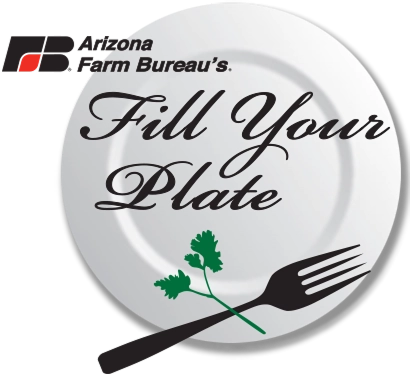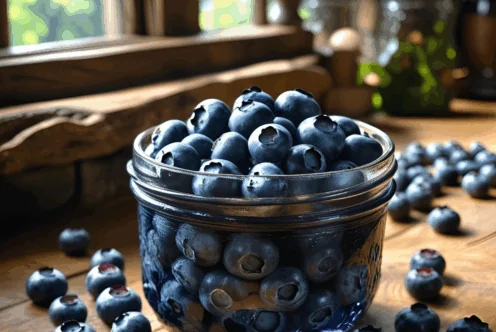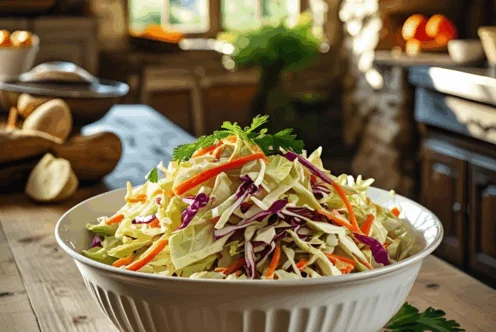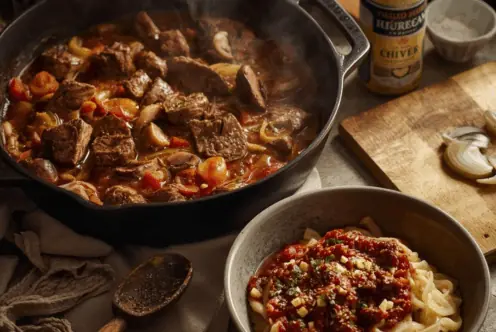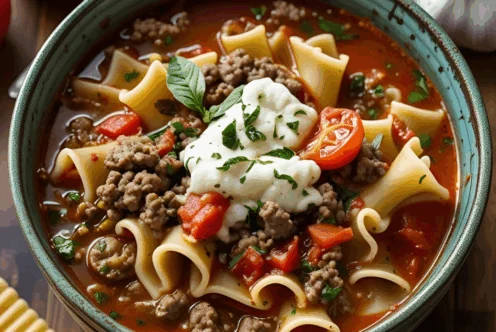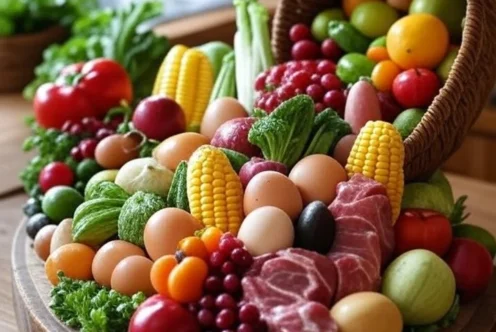Blog
Water Isn’t The Only Way to Stay Hydrated
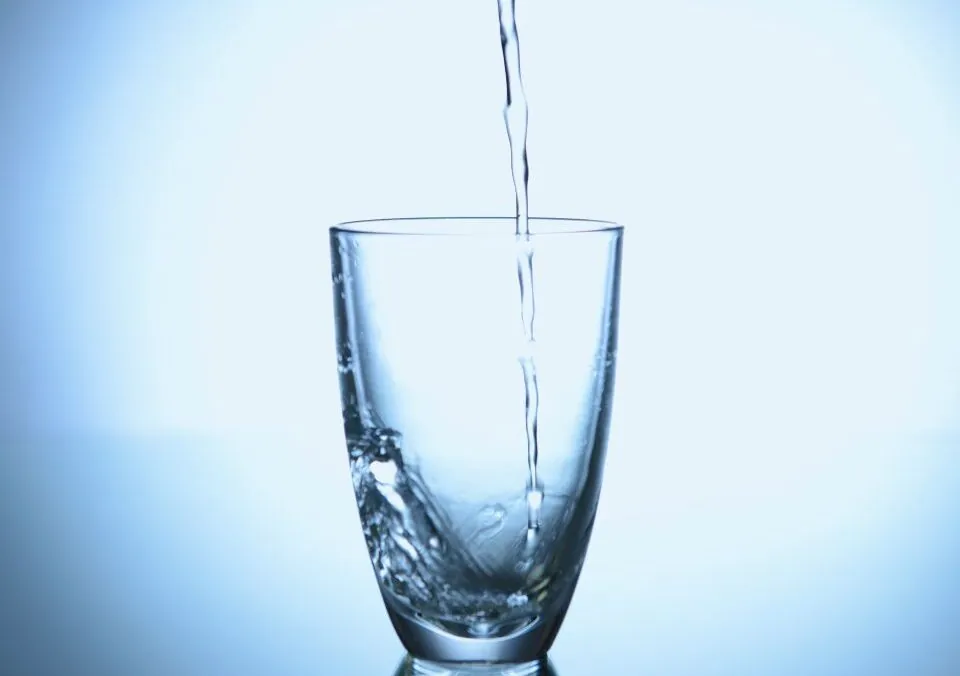
Have you ever tried to drink a gallon or more of water every day? I did that this past summer and let me tell you, it’s no easy feat at first. For me, it wasn’t so much that the quantity of water was that bad, but rather remembering to actually drink it. So then, at the times that I would remember, I’d end up chugging water all at once to meet my minimum. While chugging water is one way to stay hydrated in our insanely Staying hydrated is essential for maintaining overall health, especially in hot climates like Arizona, where the sun beats down relentlessly. For many people, the thought of hydration centers around drinking enough water, but it’s important to recognize that hydration can come from various sources, particularly food. Let’s explore how hydration works, the significance of water intake, the role of high-water-content foods, and practical tips to keep ourselves well-hydrated.
Understanding Hydration
Hydration refers to the process of replacing lost fluids in the body and is crucial for the maintenance of numerous bodily functions. Water is vital for regulating body temperature, keeping joints lubricated, delivering nutrients to cells, and ensuring proper organ function. When we think about staying hydrated, water is typically the first thing that comes to mind. However, it’s crucial to understand that our bodies can get a significant amount of water from the foods we consume.
Daily Water Needs
The general guideline for daily water intake varies based on factors such as age, gender, climate, and activity level. The National Academies of Sciences, Engineering, and Medicine recommends about:
- 3.7 liters (or about 13 cups) for men
- 2.7 liters (or about 9 cups) for women
These recommendations encompass all fluids consumed, including those from food. About 20% of our daily hydration can come from the foods we eat. This means if you eat lighter, water-rich foods, you’re already well on your way to staying hydrated.
High-Water-Content Foods
Foods with high water content can contribute significantly to your hydration needs. Here’s a closer look at some of these hydrating foods, many of which are thriving in Arizona’s climate:
1. Cucumbers
Cucumbers are comprised of about 95% water, making them one of the most hydrating foods available. They are low in calories and can be consumed raw in salads, sandwiches, or as snacks. Adding cucumbers to your meals not only boosts hydration but also provides a refreshing crunch.
2. Tomatoes
Tomatoes are not only a staple in many diets but are also about 95% water. Rich in vitamins A and C, lycopene, and antioxidants, they help keep your skin healthy and protect against various diseases. Whether eaten raw in salads, cooked in sauces, or made into soups, tomatoes are versatile and hydrating.
3. Lettuce
Lettuce, especially varieties like iceberg and romaine, is packed with water — about 95% of its weight. It’s often used in salads and wraps, making it an excellent choice to increase hydration as well as fiber intake.
4. Spinach
Spinach contains approximately 91% water and is a powerhouse of nutrients, including iron, calcium, and vitamins A and C. Incorporating spinach into smoothies, salads, and dishes can increase daily hydration levels significantly.
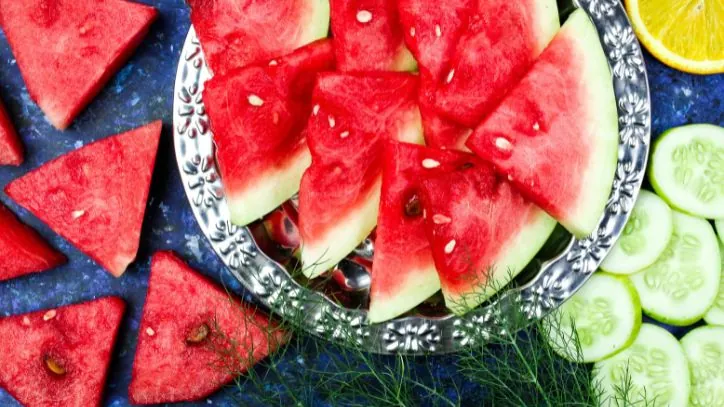
5. Honeydew and Watermelon
Perhaps the most famous hydrating fruits are honeydew and watermelon, which consist of around 90% water. They are perfect for hot summer days and can be enjoyed fresh, in fruit salads, or smoothies. Both are rich in vitamins and provide natural sweetness to satisfy cravings.
6. Cantaloupe
Similar to watermelon, cantaloupe is also about 90% water. This orange-fleshed fruit is rich in beta-carotene and vitamin C. It’s a refreshing choice for snacks and can be frozen for a cool treat.
7. Strawberries
Strawberries contain about 91% water, making them an excellent source of hydration and a delicious, healthful snack. They are high in antioxidants and vitamin C, helping boost the immune system.
8. Peaches
Peaches are juicy fruits with about 89% water content. They are rich in vitamins A and C and are great eaten fresh, grilled, or added to desserts for a hydrating treat.
9. Zucchini
This summer squash is composed of around 94% water and is incredibly versatile in the kitchen. Zucchini can be spiralized as pasta, incorporated into salads, or grilled for a nutritious side dish.
10. Oranges
Oranges are known for their high vitamin C content and contain about 86% water. They are a convenient snack and can be juiced or added to various dishes for extra flavor.
11. Apples
Apples consist of about 86% water and are high in fiber, making them a filling and hydrating snack. Enjoy them whole, in salads, or as applesauce for a nutritious treat.
12. Celery
Celery is another vegetable with a high water content, sitting at about 95%. It is low-calorie and can be eaten raw with dips, added to soups, or used in smoothies.
13. Grapefruit
Grapefruit is about 88% water and contains compounds that may assist in weight management and reducing blood sugar levels. This citrus fruit can be enjoyed fresh or in juices, providing a refreshing and hydrating choice.
14. Radishes
Radishes are about 95% water, crisp, and low in calories. They can add a nice crunch to salads and can also be pickled or enjoyed raw.
15. Pineapple
While a bit lower than some other fruits, pineapple still contains about 86% water and is rich in vitamins, minerals, and enzymes. It can be a delightful addition to smoothies or enjoyed fresh.
16. Broccoli
Broccoli is composed of roughly 89% water and is a valuable source of fiber, vitamins, and minerals. It can be eaten raw with dips, steamed, or sautéed as a side dish.
17. Carrots
Carrots contain about 88% water and are an excellent source of beta-carotene, fiber, and numerous antioxidants. They can be eaten raw, cooked, or juiced, making them a versatile vegetable.
Fun Facts About Hydrating Foods
One fascinating aspect of hydrating foods is that many of the products you see in grocery stores are locally grown in Arizona. The state’s climate provides the perfect growing conditions for a variety of fruits and vegetables, particularly melons, which thrive during the scorching summer months.
Cantaloupes and watermelons stand out in their water content, both registering close to 90% water. This makes them exceptional choices during hot days when hydration is crucial. It’s worth noting too that Arizona is a leading producer of melons in the U.S., so incorporating locally grown produce can support local farmers while benefiting your health.
Practical Tips for Staying Hydrated
- Mix It Up: Make sure to incorporate a variety of textures and flavors into your diet by adding high-water-content foods into your meals. This not only keeps your hydration levels up but also makes your meals more enjoyable.
- Smoothies and Juices: Blend hydrating fruits and vegetables into smoothies, or juice them for a refreshing drink. These options can serve as a delicious way to increase hydration while loading up on nutrients.
- Hydration Strategies: Set reminders on your phone to take a drink of water or consume hydrating foods throughout the day. Keeping a reusable water bottle nearby also serves as a reminder to stay hydrated.
- Infuse Your Water: If plain water feels boring, try infusing it with fruits, herbs, or vegetables. Combining water with slices of cucumber, berries, or mint leaves can make hydration feel more flavorful and exciting.
- Mindful Eating: Consider eating your meals in a way that celebrates hydrating foods. Salads, for example, can be packed with cucumbers, tomatoes, and leafy greens, while smoothies can be blended with watermelon and strawberries.
- Make Hydration a Habit: Develop the habit of drinking water before every meal and snack. This not only aids in hydration but also can help with portion control, as drinking water can assist in making you feel fuller.
- Monitor Your Urine: One simple way to gauge hydration is to pay attention to the color of your urine. Clear to light yellow indicates good hydration, while darker shades can signal the need for more fluids.
The Importance of Water Intake
While it’s clear that food can significantly contribute to hydration, it’s essential to remember that drinking water remains vital. Water itself:
- Helps Regulate Body Temperature: It absorbs heat, keeping our body cool, especially during hot weather.
- Supports Cardiovascular Health: Proper hydration helps maintain blood volume, allowing blood to flow efficiently and reducing strain on the heart.
- Aids Digestion: Staying hydrated supports digestion, as water helps dissolve nutrients and fiber, facilitating smooth bowel movements.
- Promotes Healthy Skin: Adequate hydration keeps your skin elastic and can improve its overall appearance, helping to combat dryness and flakiness.
Emphasizing Hydration in Hot Climates
In hot climates, it’s crucial to increase your water intake to counteract the effects of heat. Symptoms of dehydration can range from thirst and dry mouth to headaches, fatigue, and dizziness. In extreme cases, it can lead to heatstroke or other severe health issues. Here are some suggestions tailored specifically for those living in hot regions like Arizona:
- Stay Ahead: Don’t wait until you feel thirsty to drink water. Be proactive, especially during outdoor activities.
- Engage in Electrolyte-Rich Drinks: In extreme heat or after exercise, consider replenishing electrolytes lost through sweat. Drinks with added electrolytes can be beneficial, particularly if you prefer more flavor than plain water.
- Avoid Alcohol and Caffeine: Both can lead to dehydration; hence, it’s good to limit their consumption, especially during hot weather.
Conclusion
In conclusion, staying hydrated is crucial for good health, and while water is the most obvious source, there are numerous hydrating foods that can contribute to your daily intake. By incorporating a variety of fruits and vegetables with high water content into your diet, you can enjoy delicious flavors while ensuring your body receives the hydration it needs.
For anyone living in a hot climate like Arizona, recognizing the value of both beverages and hydrating foods can make a significant difference in your health and well-being. So next time you’re looking to quench your thirst, think beyond the water bottle and explore the vast array of fresh, hydrating foods that nature provides.
For more information on hydration strategies, tips on how to utilize Arizona-grown produce, and a wealth of resources on healthy eating, be sure to check out Fill Your Plate.
By integrating these practices into your lifestyle, you can not only enhance your hydration but also enjoy the delicious bounty of fresh produce that your region offers. Let’s celebrate hydration in all its forms!
By Heide Kennedy, Arizona Farm Bureau Communications Intern

